Master Pickleball Strategies and Techniques
Singles and Doubles Play
Pickleball is a fun and fast-paced game that can be played in singles or doubles and is suitable for people of all ages and abilities.
Whether you are a beginner or an experienced player, it is important to have a solid understanding of the techniques and strategies involved in pickleball. In this guide, we will explore the best techniques and strategies for both doubles and singles pickleball to help you improve your game and dominate the court.
Pickleball is a versatile sport, offering both singles and doubles play, each with its unique strategies and techniques. This comprehensive guide will help you excel in both formats, providing invaluable tips to enhance your game and dominate the court.
While the rules of singles and doubles pickleball are the same, there are some key differences in strategy and shot selection. Here are some tips for playing both singles and doubles pickleball:
Essential Singles Pickleball Strategies and Techniques
Prioritize Footwork and Court Coverage
In singles pickleball, you are responsible for covering the entire court. This means that footwork is crucial to success. Work on staying light on your feet and ready to change direction quickly. Practicing footwork drills can help improve your agility and overall court coverage.
Keep the Ball in Play
Consistency is key in singles pickleball. Your focus should be on keeping the ball in play and waiting for your opponent to make a mistake. Avoid going for winners too early in the point and exercise patience.
Stay patient
In singles pickleball, it can be tempting to try to hit winners on every shot. However, it’s important to stay patient and wait for the right opportunity to attack.
Mix Up Your Shots
As mentioned earlier, using a variety of shots is essential in pickleball. In singles, you should especially focus on incorporating dinks, drive shots, lob shots, drop shots, block shots, and spin shots. Mixing up your shots will keep your opponent guessing and increase your chances of winning points.
Here are the types of Pickleball shots to consider incorporating into your game:
Drive Shot:
The drive shot is a powerful shot that is hit hard and low, usually aimed at the feet of your opponents. This shot is great for keeping your opponents on their toes and can be a good way to mix up the pace of the game.
Lob Shot:
The lob shot is a high-arcing shot that is aimed over your opponents’ heads. This shot can be used to buy time to get back into position or to surprise your opponents who may not be expecting it. However, it’s important to not rely on the lob shot too much as it can be an easy shot for your opponents to track down.
Drop Shot:
The drop shot is a soft shot that is aimed just over the net and is designed to drop quickly on the other side of the court. This shot can be used to catch your opponents off guard and can be a great way to set up a winner.
Block Shot:
The block shot is a defensive shot that is used to deflect hard shots hit at you. This shot requires good reflexes and timing, and is usually hit with a closed paddle face to help control the ball.
Spin Shot:
The spin shot is a shot that uses spin to change the trajectory of the ball. This shot can be used to make the ball curve or drop quickly, making it difficult for your opponent to return. It takes a lot of practice to master, but can be a powerful weapon in your arsenal.
By incorporating a variety of shots into your game, you will be able to keep your opponents guessing and increase your chances of winning points.
Doubles Pickleball Techniques and Strategies for Success
Communication and Teamwork on the Court
When playing doubles pickleball, it’s essential to develop strong communication with your partner. Talk to your partner throughout the entire match to prevent confusion and work together as a team. Make sure to call out shots, coverages, and targets to ensure smooth gameplay.
Get to the Net
In doubles pickleball, dominating the net is crucial. Move up to the net quickly with your partner as soon as you have an opportunity. This strategy will give you the upper hand and prevent your opponents from advancing to the net.
Work together
In doubles pickleball, you and your partner should work together to cover the court and anticipate each other’s moves. This requires good communication and trust in each other’s abilities.
Improve Your Serve
As with singles play, consistency is vital when it comes to serving in doubles pickleball. Aim for the center of the service box and focus on getting the ball over the net. Remember, a serve that makes it in is better than a fault, even if it’s not the fastest or most powerful serve.
Return of Serve Strategy
When returning the serve in doubles, aim for the middle of the service area. This strategy can create confusion between your opponents and force backhands for right-handed players. Aim for deeper, longer shots to keep your opponents back at their baseline.
Play Smarter, Not Harder
Cover the court strategically between you and your partner rather than running around and lunging to cover gaps. Eliminate holes and easy targets for your opponent to capitalize on.
3rd Shot Strategy
Ideally, aim for a drop shot into the non-volley zone (kitchen). Serve to your opponents’ backhand. If you can’t execute a drop shot, hit low, hard and down the middle. Advance to the net if possible. If your opponents don’t make it to the kitchen, hit at their feet.
Your 4th Shot
Take advantage if your opponents are caught in “No Man’s Land”. Hit at their feet whenever possible or hit at their backhand. Keep your shots short and low so they can’t hit down.
Stay Focused on the Ball
It can be easy to get distracted by what’s happening on the other side of the court or by the score, but it’s important to stay focused on the ball at all times. Keep your eye on the ball, watch its trajectory, and be prepared to move and hit the ball at any moment.
Practice, Practice, Practice
Like any sport, the more you practice, the better you’ll get. Take advantage of opportunities to play pickleball whenever you can, and seek out drills and exercises that can help you improve your skills.
Stay Positive
It’s important to maintain a positive attitude when playing pickleball. Focus on the good shots you make and the things you do well, rather than dwelling on mistakes or missed opportunities. This can help you stay motivated and energized, even when things aren’t going your way.
Pickleball is a fun and fast-paced game that requires strategy, skill, and teamwork. By incorporating a variety of shots into your game and staying patient, you can increase your chances of winning points. Whether you’re playing singles or doubles pickleball, mastering these tips and strategies will help you take your game to the next level. By implementing these techniques, you will not only improve your skills and consistency on the court but also increase your chances of winning.
Remember to focus on your strengths, communicate effectively with your partner, and keep the ball in play. Practice these tips regularly to develop muscle memory and improve your overall performance.
As with any sport, practice is key. Try to play regularly and consistently, either with friends or in a league, to sharpen your skills and gain experience. Don’t be afraid to try new techniques and strategies to see what works best for you. And most importantly, remember to enjoy the game and stay positive. With dedication and practice, you’ll see your pickleball skills and consistency on the court improve, increasing your chances of winning.
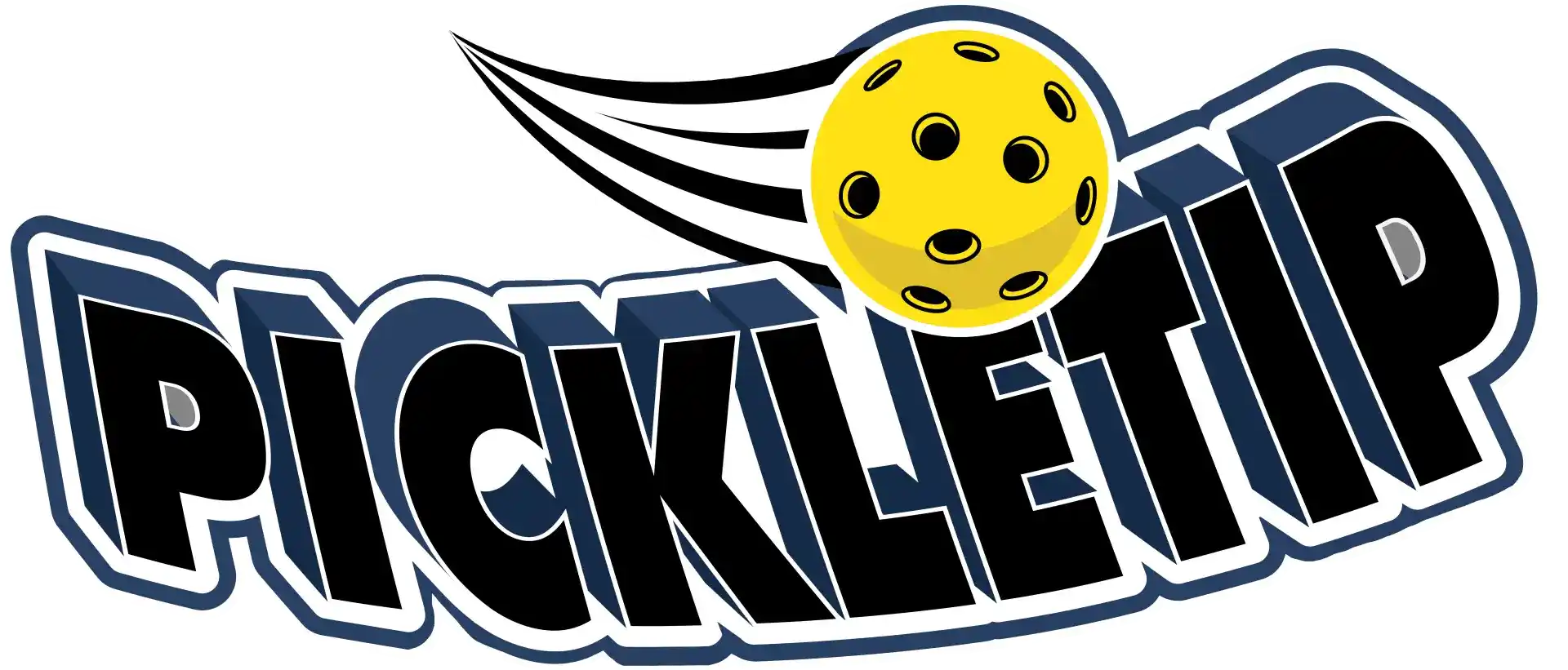
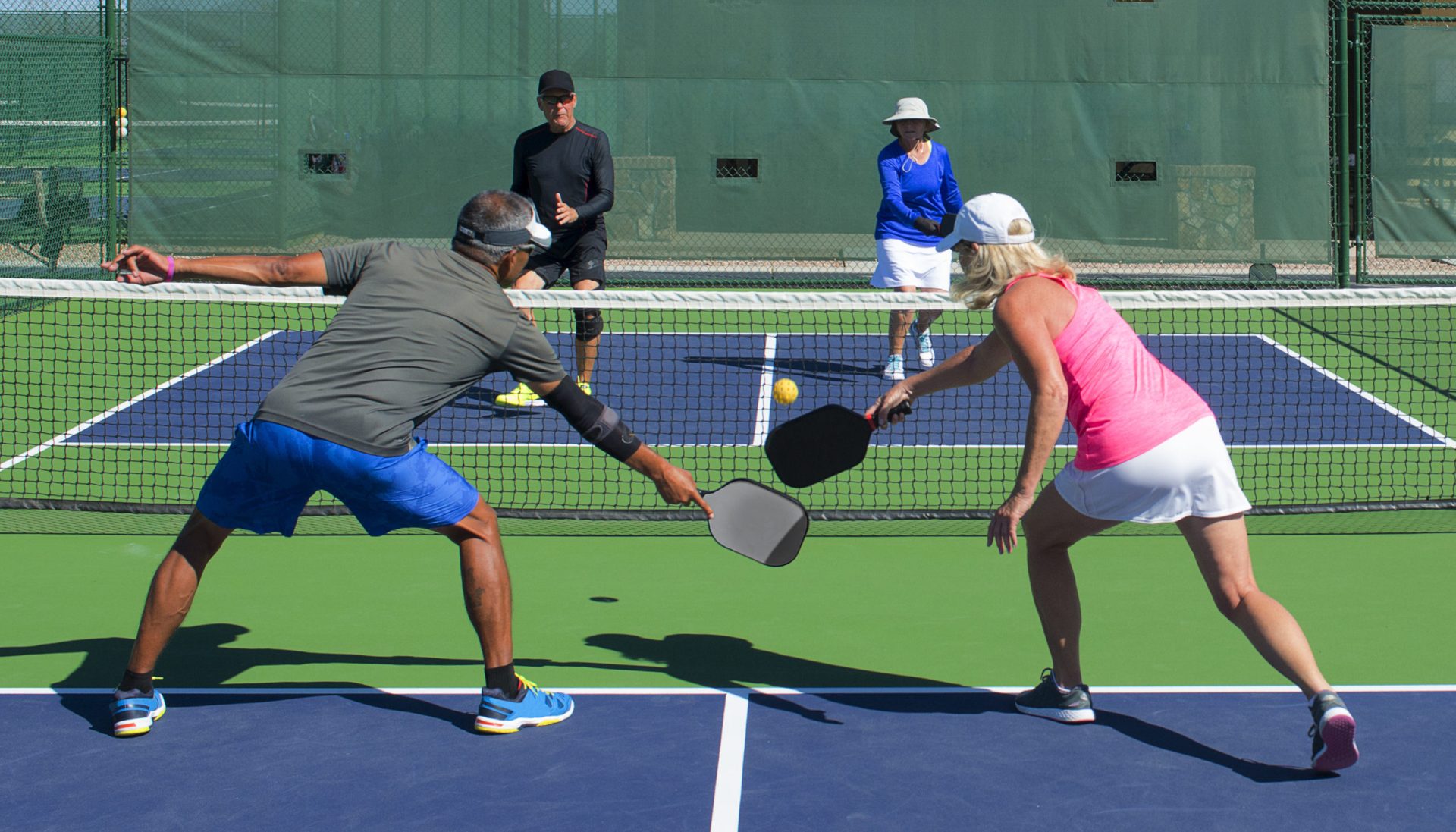


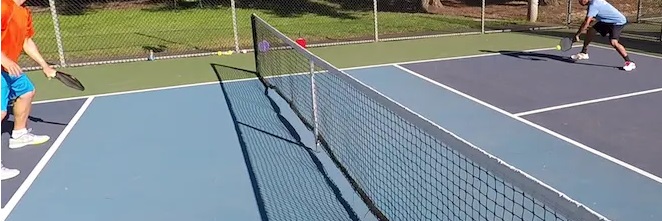
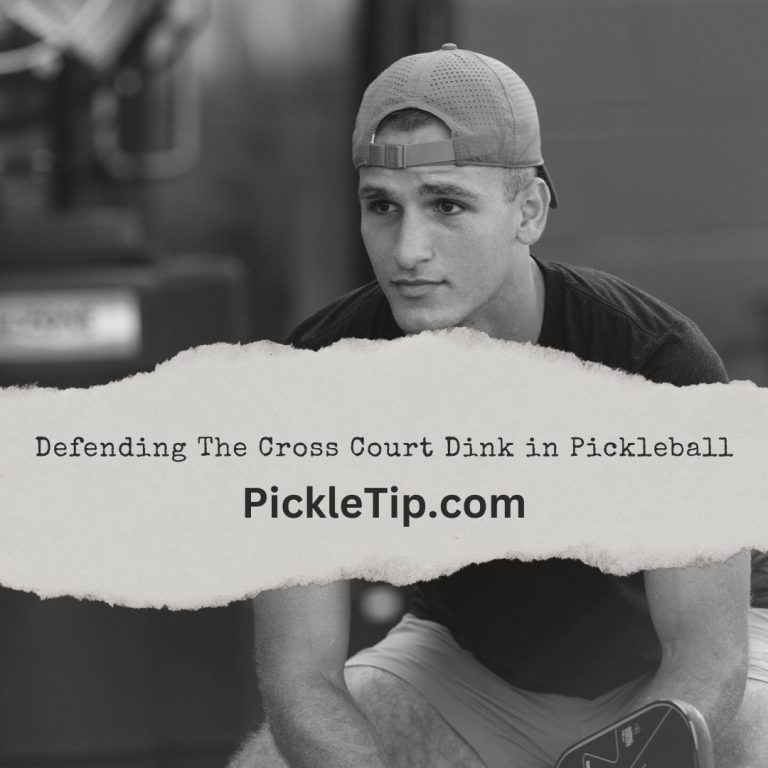

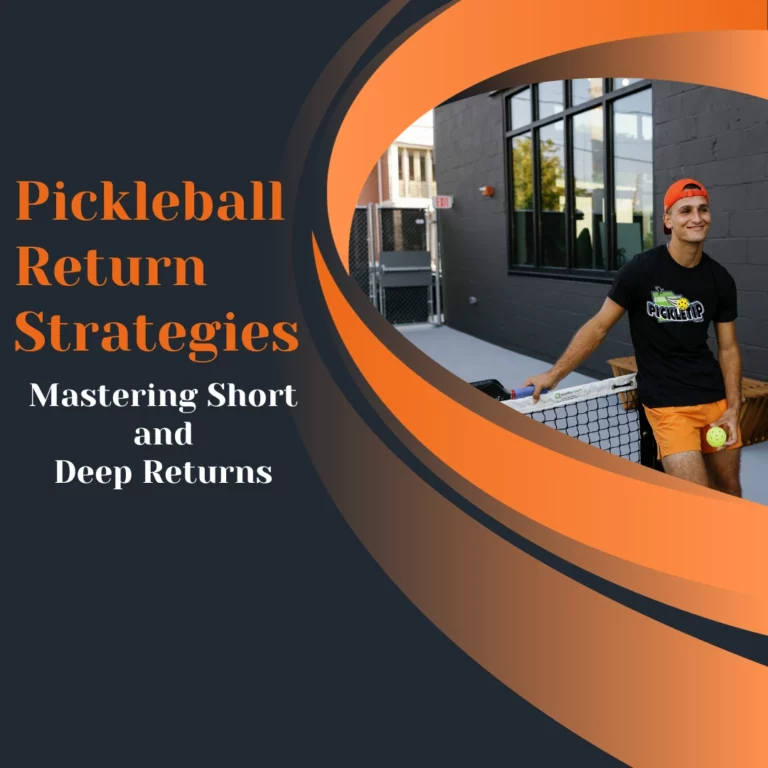
3 Comments